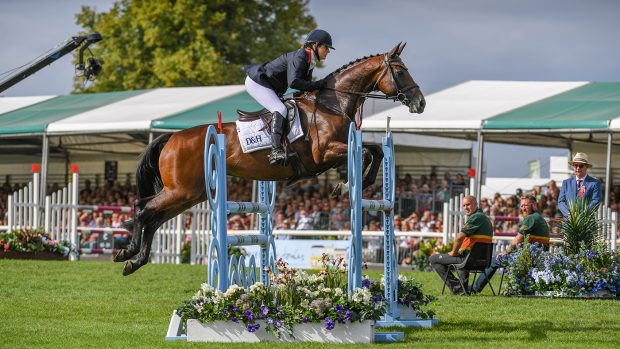Horses and humans share similar facial expressions, according to a new study.
Research by the University of Sussex revealed that horses — like humans and chimps — use muscles underlying their nostrils, lips and eyes to alter their facial expressions in a variety of social situations.
The findings, that were published earlier this month (5 August), show that facial cues are important for horses, and suggest evolutionary parallels in different species in how the face is used for communication.
The Equine Facial Action Coding System (EquiFACS), as devised by the Sussex team in collaboration with researchers at the University of Portsmouth and Duquesne University, identified 17 “action units” (discrete facial movements) in horses.
| Popular articles |
This compares with 27 in humans, 13 in chimps and 16 in dogs.
“Horses are predominantly visual animals, with eyesight that’s better than domestic cats and dogs, yet their use of facial expressions has been largely overlooked,” said Jennifer Wathan, co-lead author of the study.
“What surprised us was the rich repertoire of complex facial movements in horses, and how many of them are similar to humans.
“Despite the differences in face structure between horses and humans, we were able to identify some similar expressions in relation to movements of the lips and eyes. What we’ll now be looking at is how these expressions relate to emotional states.”
The study involved videos of horse behaviour, looking at the face. The researchers then conducted an anatomical investigation of the facial muscles used to create the expressions.
Jennifer told H&H: “We tried to use as many different breeds of horses as possible, and capture them in as many different environments.
This included horses out interacting with each other in the field, horses in their stables, and veterinary environments.”
Co-lead author Professor Karen McComb added: “It’s apparent that horses, with their complex and fluid social systems, have an extensive range of facial movements and share many of these with humans and other animals. This contributes to a growing body of evidence suggesting that social factors have had a significant influence on the evolution of facial expression.”
She added that a systematic way of recording facial expressions would have a wide range of uses.
“With EquiFACS we can now document the facial movements associated with different social and emotional contexts and gain insights into how horses are actually experiencing their social world. As well as enhancing our understanding of social cognition and comparative psychology, the findings should ultimately provide important information for veterinary and animal welfare practices.”
H&H vet Karen Coumbe added: “Any extra clues that can be clinically useful to vets would be welcome.”
Ref: H&H 27 August, 2015





